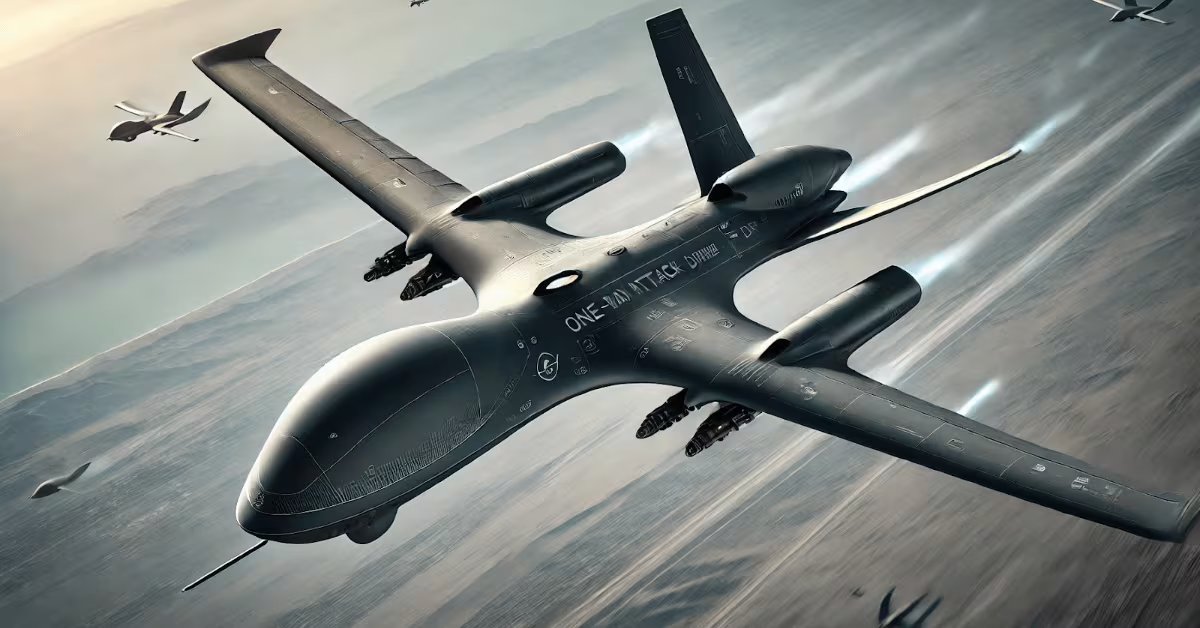WASHINGTON — Space launch company executives said this week that as they serve an increasingly diverse mix of government and commercial customers, striking a balance between the demands of the two sectors can be a challenge.
United Launch Alliance, the long-time sole-source launch provider for U.S. Department of Defense missions, is experiencing this challenge in real-time as it expands into the commercial market, according to Clint Hunt, the company’s director of intelligence and defense programs.
ULA won contracts from Amazon in 2021 and 2022 to fly 47 launches for the technology company’s broadband internet constellation, Project Kuiper.
“We are looking at the government requirements and the Kuiper customer requirements, seeing where there is commonality, seeing where there is a vergence and then trying to optimize between the two,” Hunt said during a Feb. 9 panel at the Federal Aviation Administration’s Commercial Space Transportation conference in Washington, D.C.
Hunt said while there’s overlap between commercial and government launch needs, there are some areas of difference where it’s hard to satisfy both. While he didn’t expand on the specific needs, the government often places a greater emphasis on mission assurance, taking sometimes costly measures to eliminate risk. Commercial customers tend to favor efficiency and lower costs.
“For some requirements . . . in our experience, you can get close, but you can’t get quite get there,” he said.
ULA’s pursuit of more commercial business was a necessary move after DoD opened up its military launch business to national security newcomer SpaceX in 2020. As part of a five-year deal, the department awarded the company, owned by billionaire Elon Musk, a 40% share of its launches, with the remaining 60% going to ULA.
ULA isn’t the only launch company faced with a changing landscape. On the military side, the Space Force wants to create more opportunities for providers to compete for DoD business through its National Security Space Launch program and through new concepts that require rapid, responsive launch capabilities. The commercial sector is also positioned for major growth as companies developing large constellation of satellites begin looking for launch providers.
“It is not an insignificant moment in time with regard to the commercialization of launch services,” said Caryn Schenewerk, vice president of regulatory affairs at Los Angeles-based Relativity Space. “No other country has this kind of commercial capability in existence for launch.”
Founded in 2015, Relativity is expected to launch its Terran 1 rocket for the first time later this month. The company is also developing a fully reusable rocket, Terran R, that is made entirely from 3D-printed parts. Schenewerk, who spoke on a panel with Hunt, said new entrants like Relativity must also consider the needs of both commercial and national security customers.
While most of Relativity’s launches will be commercial, the company is keeping an eye on national security requirements, Schenewerk said, which means finding a balance between offering low-risk solutions and meeting efficiency needs.
“We do want to achieve the mission goals just the same way the national security customer does – and we’re incentivized to do that,” she said. “But we’re also incentivized to think about it in the most efficient way. So we’re always doing that risk analysis and making risk-based decisions.”
Courtney Albon is C4ISRNET’s space and emerging technology reporter. She has covered the U.S. military since 2012, with a focus on the Air Force and Space Force. She has reported on some of the Defense Department’s most significant acquisition, budget and policy challenges.








